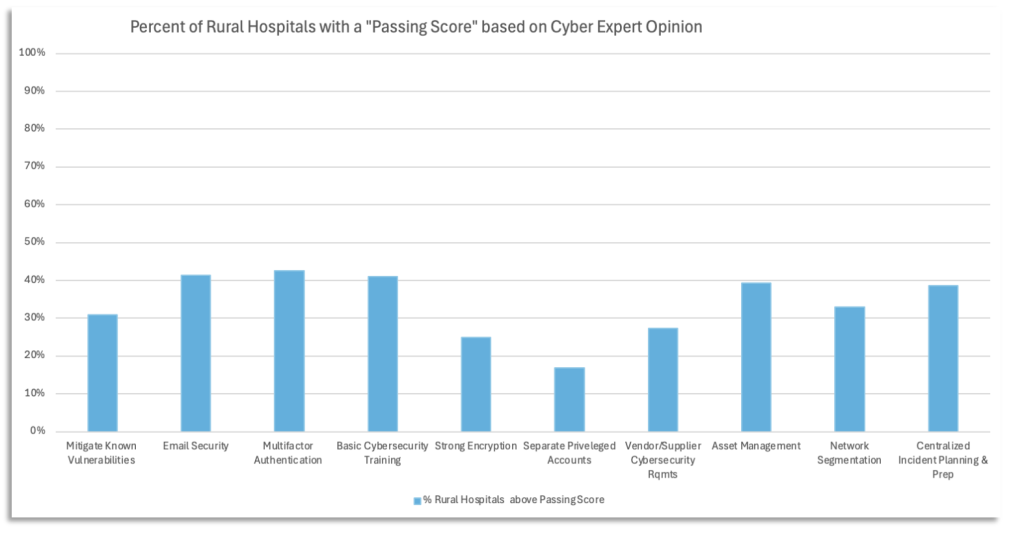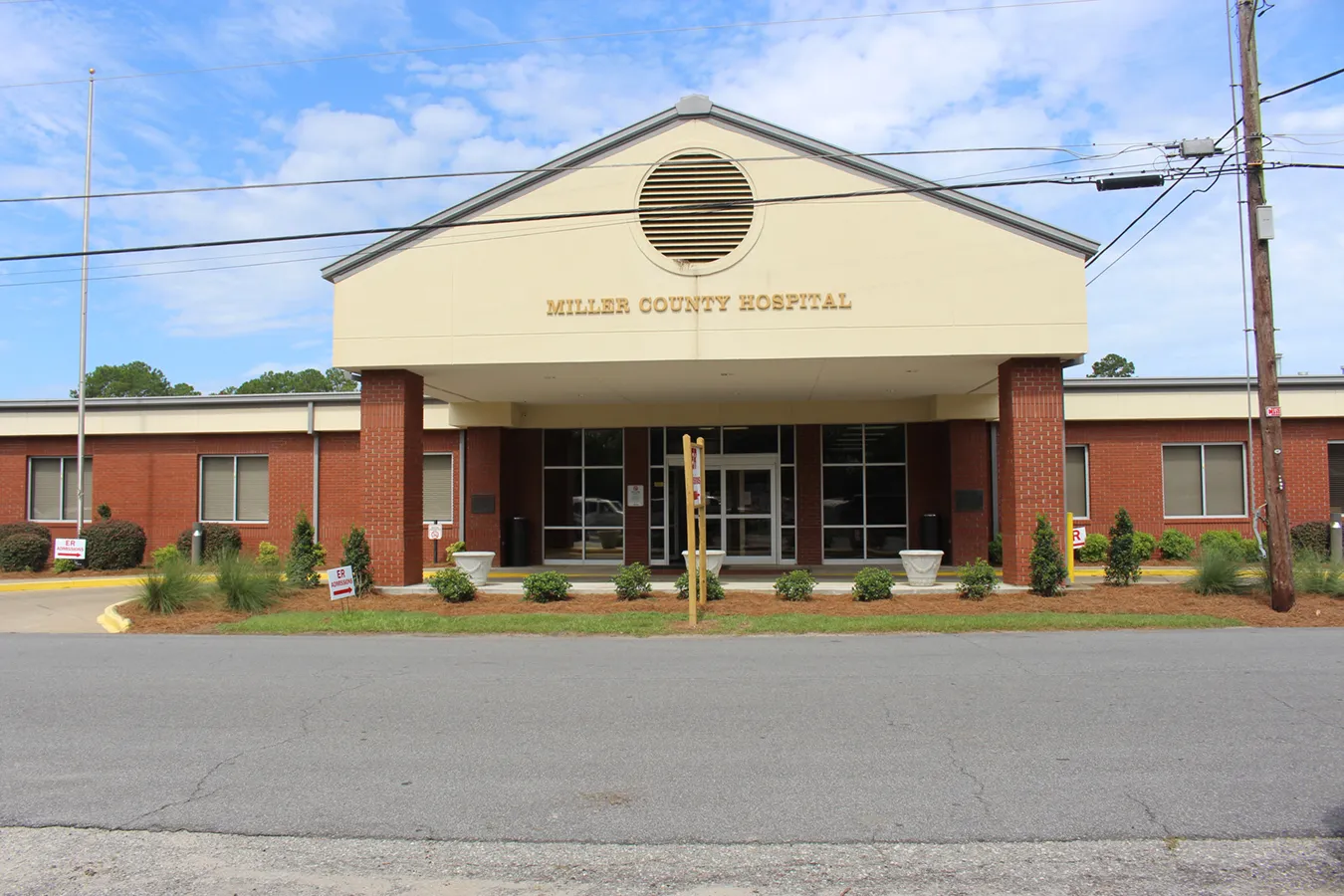Updated on 17 March 2025
Rural hospitals across the United States face mounting cybersecurity challenges that threaten not only their operational stability but also patient care and safety. A recent Microsoft report reveals the alarming vulnerability of these essential healthcare providers and calls for unprecedented collaboration between technology companies, government agencies, and healthcare stakeholders to address this growing crisis.
The Escalating Cyber Threat to Rural Healthcare
Rural hospitals serve as vital healthcare lifelines for millions of Americans, yet they are increasingly targeted by sophisticated cyber attacks that exploit their limited resources and security infrastructure. According to Microsoft’s new whitepaper, “The Rural Hospital Cybersecurity Landscape,” these institutions require immediate support to withstand the evolving threat landscape.
The statistics paint a concerning picture:
- Since 2010, 182 rural hospitals have closed or converted
- Currently, 46% of rural hospitals are operating at a financial loss
- 432 rural facilities are vulnerable to closure
- 20% of hospitals that experienced cyberattacks reported increased patient mortality
- The average cost per day lost to downtime following ransomware attacks is estimated at $1.9 million
- Healthcare data breaches now cost an average of $10.9 million per incident
These figures highlight how cyberattacks can push already struggling rural hospitals beyond their financial breaking point, potentially leading to closures that leave communities without access to essential medical care.
The Perfect Storm of Vulnerability
Rural healthcare providers face a unique combination of challenges that create ideal conditions for cyber criminals:
Financial Constraints
With nearly half of all rural hospitals operating in the red, these facilities lack the financial resources to invest adequately in cybersecurity infrastructure. High Medicare Advantage enrollment rates have further strained rural hospital finances, limiting their ability to implement robust security measures.
Staffing Shortages
Rural hospitals struggle to recruit and retain specialised IT personnel who can manage complex security systems. The shortage of cybersecurity professionals with healthcare expertise leaves these institutions particularly exposed to attacks.
“Finding skilled staff in specialised areas of hospital management, for example, IT specialists or revenue management teams, is a significant challenge in rural areas,” Microsoft noted in their report.
Basic Security Gaps
Microsoft’s assessment of rural hospitals revealed alarming security deficiencies:
- Inadequate email security and multi-factor authentication
- Lack of regular vulnerability scanning
- Inconsistent patching protocols (only 43% received passing scores)
- Poor privileged account management (just 29% adequately separate user access levels)
- Weak endpoint management (less than 37% met passing scores)
- Insufficient staff training on cybersecurity awareness
These gaps create multiple entry points for attackers looking to compromise hospital systems and access sensitive patient data.
The Growing Scale of Rural Healthcare Cyberattacks
The targeting of rural hospitals isn’t random—it represents a deliberate strategy by cybercriminals who recognise these facilities as high-value, low-resistance targets.
Texas provides a sobering example of this trend. In 2015, the state experienced five healthcare data breaches through cyberattacks, exposing approximately 102,000 patient records. By 2022, this had escalated dramatically to 44 attacks exposing nearly 6 million patient records.
“This spike is not an anomaly, but the result of focused efforts to target hospitals who are simultaneously under-resourced with vulnerable IT environments and housing valuable patient data,” Microsoft researchers explained.
The motivations behind these attacks vary:
- Financial gain through ransomware payments
- Theft of valuable patient data for sale on dark web markets
- Nation-state sponsored disruption of critical infrastructure
- Opportunity to test attack methods on vulnerable targets
Regardless of motivation, the impacts are devastating for rural facilities already operating on thin margins.

Real-World Consequences for Patient Care
Beyond financial damages, cyberattacks on rural hospitals directly affect patient care and safety. The average downtime following a ransomware attack spans 18.7 days—nearly three weeks during which hospitals must operate with limited access to critical systems and patient information.
The Microsoft report grimly notes that 20% of hospitals that experienced cyberattacks reported an increase in patient mortality rates. When systems are compromised, healthcare providers lose access to:
- Electronic health records
- Medication administration systems
- Laboratory and radiology results
- Scheduling systems for surgeries and appointments
- Communication platforms between departments
This disruption forces hospitals to revert to paper-based processes, increasing the risk of medical errors and delaying critical care decisions.
Microsoft’s Rural Hospital Cybersecurity Programme
In response to these challenges, Microsoft launched its Cybersecurity Programme for Rural Hospitals, which offers several resources at no cost:
- Free security assessments through pre-vetted security partners
- Curated cybersecurity training for hospital employees
- Foundational cyber risk management certification for IT staff
- One year of Windows 10 Extended Security Updates (where available)
- Discounts on security products, including non-profit pricing for critical access and rural emergency hospitals
The programme has already made significant inroads:
- Over 375 rural hospitals have completed the free assessment
- More than 550 U.S. rural hospitals have registered for the programme
- Nearly 1,000 individuals from these organisations have accessed cyber training opportunities
“Our goal with this programme is to address both the immediate cyber risks facing these critical community resources as well as broader systemic challenges facing rural health,” stated Kate Behncken, Microsoft’s corporate vice president of Microsoft Philanthropies, and Erin Burchfield, senior director of technology for social impact.
The Call for Public-Private Partnership
Microsoft emphasises that no single entity can solve this crisis alone. The company envisions an “immediate and sustained commitment through a public-private partnership” to address rural hospital cybersecurity vulnerabilities.
The whitepaper explicitly calls on:
- Technology companies to develop affordable, scalable security solutions tailored to rural healthcare needs
- Policymakers to create funding mechanisms and regulatory frameworks that support rural cybersecurity
- Community organisations to help build awareness and capacity at the local level
- Healthcare providers to share information and best practices across networks
“We can take action at an unprecedented scale and speed to mitigate cyber risk, drive innovation and foster resilience for both rural hospitals and the Americans they serve,” Microsoft researchers stated.
Government’s Critical Role in Healthcare Cybersecurity
At the recent HIMSS25 conference, former National Security Agency Director General Paul Nakasone highlighted the success of government intervention in strengthening cybersecurity for other critical sectors.
Referencing the NSA’s Cybersecurity Collaboration Center established in 2020, Nakasone noted that providing scanning, secure email, and protective DNS services to the defence industrial base dramatically reduced intrusions at a cost of approximately £10 million per year—saving ten times that amount in potential breach costs.
“Why don’t we do the same thing with rural healthcare? Why don’t we do that with healthcare in general?” Nakasone questioned. “Why don’t we figure out a way that we can provide major health providers and their subs, and everyone else that wants it, scanning and protective DNS and secure email to make the bar that much higher for attackers to come into?”
His comments suggest that a similar government-led initiative could significantly improve the cybersecurity posture of rural healthcare facilities nationwide.
Recent Threat Alerts Highlight Ongoing Vulnerabilities
The urgency of addressing rural hospital cybersecurity was underscored by a joint alert issued last week by the Federal Bureau of Investigation, Cybersecurity and Infrastructure Security Agency, and the Multi-State Information Sharing and Analysis Center.
The alert warned healthcare organisations about Medusa Ransomware, which deploys phishing campaigns to steal credentials and subsequently exploits unpatched software vulnerabilities such as:
- ConnectWise ScreenConnect (potentially used in the massive Change Healthcare breach)
- Fortinet EMS SQL injection vulnerabilities
These exact vulnerabilities align with the security gaps Microsoft identified in rural hospitals, particularly around email security, phishing awareness, and inconsistent patching protocols.
Signs of Progress Through Collaboration
Despite the challenging landscape, collaborative efforts are showing promising results. Microsoft reported that through its partnerships with H-ISAC and international agencies, abuse of Cobalt Strike (a legitimate tool often repurposed by attackers) has dropped by 80% over the past two years.
This success demonstrates the potential impact of coordinated action between technology companies, government agencies, and healthcare organisations.
Path Forward: A Comprehensive Approach to Rural Hospital Cybersecurity
Addressing the cybersecurity challenges facing rural hospitals requires a multi-faceted approach that goes beyond simply providing security tools. Based on Microsoft’s findings and industry expert recommendations, effective solutions must include:
Immediate Technical Support
- Implementation of basic security controls like multi-factor authentication and email protection
- Regular vulnerability scanning and patching protocols
- Secure backup systems that are regularly tested and verified
- Network monitoring tools appropriate for smaller IT teams
Workforce Development
- Cybersecurity training programmes tailored to rural healthcare staff
- Incentives for cybersecurity professionals to work in rural settings
- Shared security personnel models across multiple facilities
- Virtual security operations center services for 24/7 monitoring
Financial Resources
- Dedicated government funding for rural hospital cybersecurity improvements
- Insurance models that account for the unique risks of rural providers
- Grant programmes focused on critical infrastructure protection
- Reduced-cost or subsidised security tools for qualifying facilities
Policy and Regulatory Support
- Streamlined compliance frameworks that acknowledge resource limitations
- Information sharing mechanisms with liability protections
- Standardised incident response protocols for rural settings
- Technical assistance programmes similar to those implemented for other critical infrastructure
Conclusion: The Imperative to Act
The vulnerability of rural hospitals to cyberattacks represents not just an IT security issue but a public health crisis that demands immediate attention. As these essential healthcare providers continue to face financial pressures and staffing challenges, their cybersecurity posture becomes increasingly precarious.
Microsoft’s whitepaper concludes with a stark reality: “Governments in particular have a responsibility to stop attacks against hospitals.”
This call to action reminds us that protecting rural healthcare is a shared responsibility that requires collaboration across sectors. The continued operation of these vital community resources depends on our collective ability to strengthen their cybersecurity resilience against growing threats.
As the landscape of healthcare delivery evolves, securing rural hospitals against cyber threats must become a national priority—one that safeguards not just data systems but the health and wellbeing of millions of Americans who depend on these institutions for their care.
Key Takeaways
- Rural hospitals face severe cybersecurity challenges amid financial constraints, with 46% operating at a loss and 432 vulnerable to closure.
- Basic security gaps like inadequate email protection, inconsistent patching, and poor account management make rural facilities prime targets for cybercriminals.
- Cyberattacks have direct patient care implications, with 20% of attacked hospitals reporting increased mortality and average downtime of 18.7 days.
- Microsoft’s Rural Hospital Cybersecurity Programme has engaged over 550 hospitals, providing free assessments, training, and security resources.
- A comprehensive solution requires public-private partnership involving technology companies, government agencies, and healthcare stakeholders to create sustainable security improvements for rural providers.



